Traveling along the East Coast of the US and Canada was my first real backpacking trip and turned into quite an adventure when my backpack hadn’t made it to Canada. I ended up traveling with my carry-on baggage and a plastic bag of stuff I got from other travelers for 13 days. (That’s a story for a different post, though!).
Not only had I been super naive at the time but I also hadn’t been thinking a lot while packing my backpack in the first place. Thanks to all my cash being in my backpack (which was lost for almost 2 weeks), I was forced to immerse myself in the principles of budget travel.
Believe me, this trip, and especially those two weeks at the beginning, taught me more about budget travel and saving money than any other experience in my life.
In the end, I managed to backpack around 5000 km, visited 18 cities in Canada and the US and returned home with one million experiences – and my backpack. 😉
I get asked a lot about how I can afford to travel so much. Revealing my travel budget for this trip is an excellent opportunity to make transparent why traveling can actually be quite affordable.
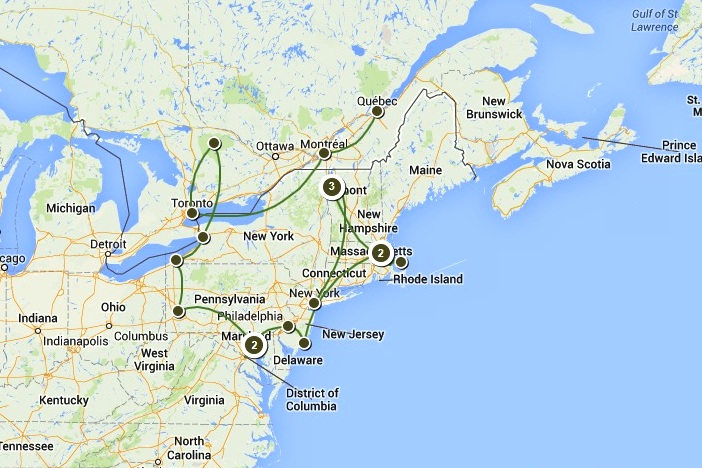
How Much Did My USA/Canada Trip Cost?
On my 7-week trip (49 nights), I spent a total of 1625 € (excl. flights), which works out to be 33 € per day.
| Accommodation | 560 € |
| Transport | 410 € |
| Food & Drinks | 285 € |
| Activities | 370 € |
My USA Travel Budget Breakdown:
Accommodation: 560 €
A total of 560 € doesn’t seem much for accommodation. How did I do it? Well, I had 49 nights in total. I spent 2 nights on a night bus and around 12 nights couch surfing (or staying at friends’ places). That leaves us with 35 nights that I had to cover.
During the first part of my trip, I mostly stayed at hostels, which was great and super affordable. Most hostels were between $20 – 30 per night. The most expensive one was HI Boston at $45/night, but really worth it – such an awesome hostel!
For the last 3 weeks of my trip, a friend of mine joined me, and we traveled to a lot more remote (and therefore cheap) regions in New England and often stayed in a room that we’d found on Airbnb. We could always split the costs, so we were able to save a lot on accommodation.
As I’ve already mentioned, another great way to save money is taking overnight buses, especially for long rides. I chose an overnight trip for Buffalo – Baltimore (10-hour ride) and Atlantic City – Boston (8-hour ride). That way I didn´t have to pay for a hostel that night, AND it even saved me a day.
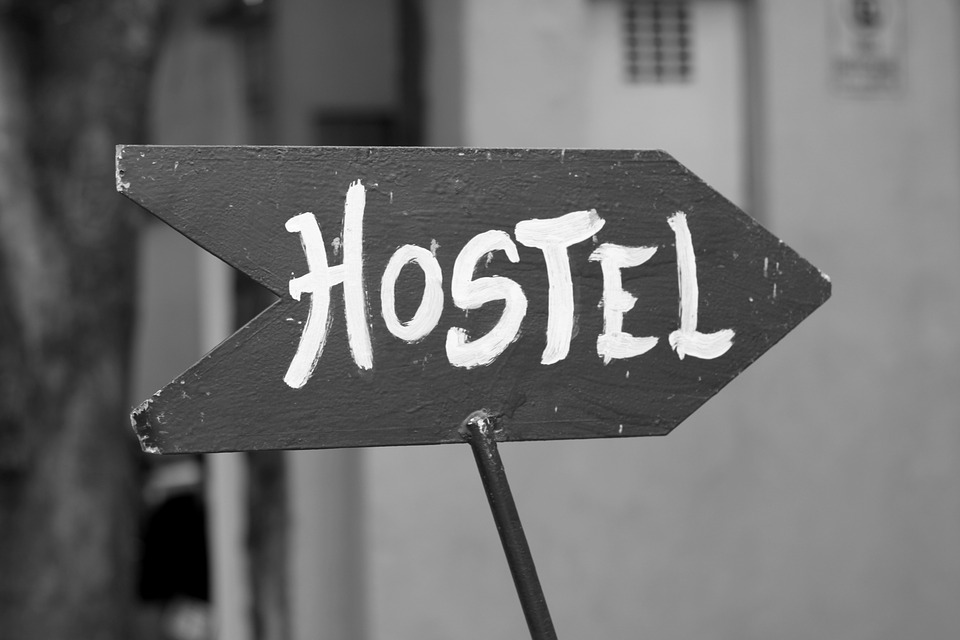
Transport: 410 €
I spent a total of 410 € on transport. This amount includes all fares, transfers, taxis, buses, etc.
I recommend thinking about and doing some calculations before starting the trip to determine whether it makes sense to rent a car or make the whole trip by public transport. In my case, it was cheaper for me to travel the old-fashioned way – by bus, by train and of course hitchhiking.
Both Greyhound and Megabus are efficient and very affordable means of transport in Canada and the United States. Especially Megabus has very cool offers and early bird discounts – the earlier you book, the cheaper you get the fare. In fact, the cheapest fare that I got was a $1 – ticket from Boston to Burlington. Greyhound is generally a little bit more expensive than Megabus or BoltBus. However, it is more comfortable, and you can get some discounts there as well, e.g., they have web-only-fares when you book your ticket online as well as several discount types that may apply to you (e.g., HI discounts for HI members).
The cheapest way to travel is obviously hitchhiking, though I only did that in the last three weeks of my trip when I was traveling together with my friend. We were especially lucky when hitchhiking in Vermont as someone was very friendly and drove us from Waterbury to Montpelier. If he hadn’t taken us, we would have had to grab a taxi (and that would’ve been quite expensive). By the way, the toughest hitchhike situation was on Cape Cod when we had to wait for ages until someone finally gave us a ride to the next town from where we could catch a bus.
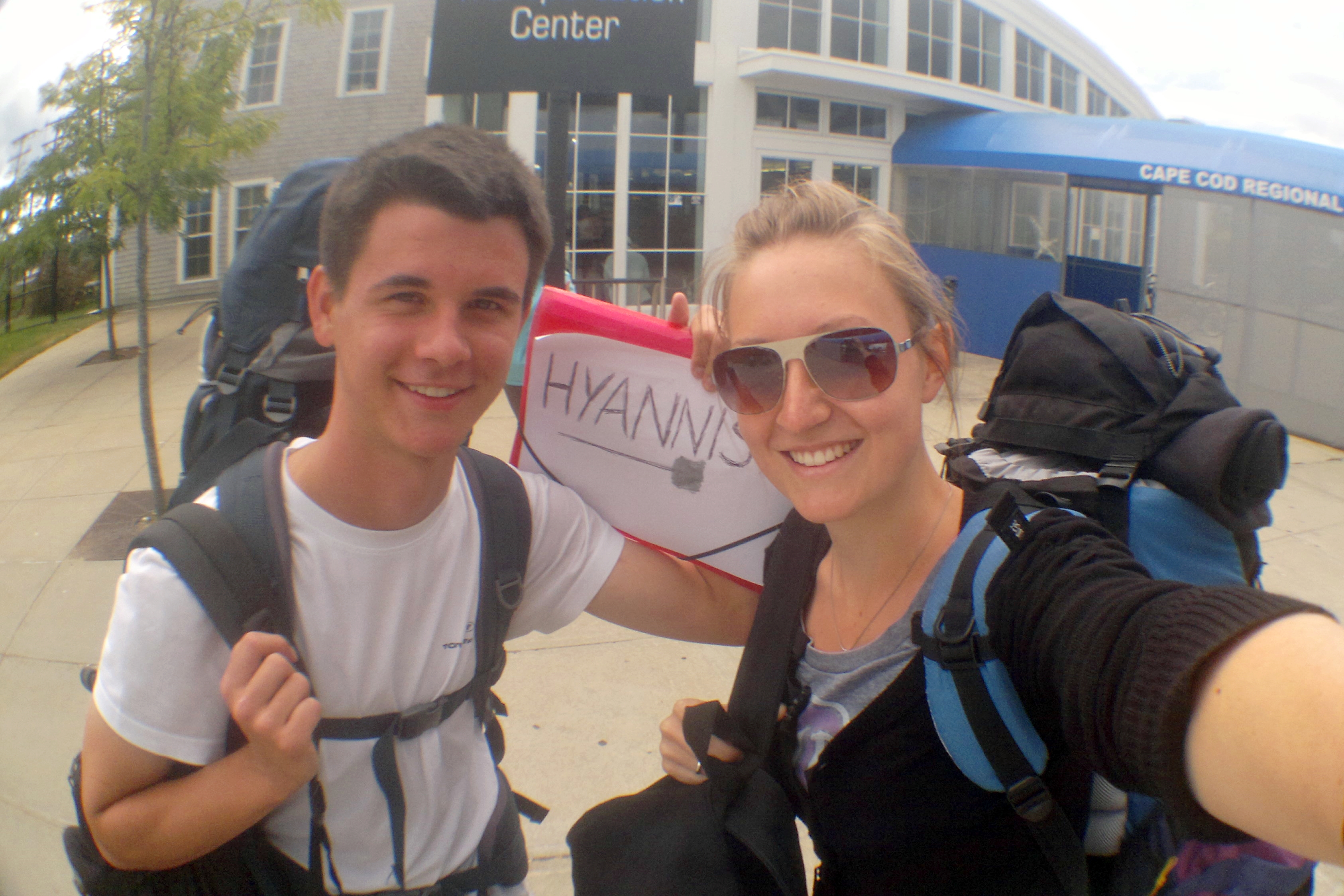
Food & Drinks: 285 €
I’m still very proud of myself for saving so much money on food and drinks.
Of course, saving money on food totally depends on what you eat, drink and how much you are willing to spend on food.
When traveling I usually don´t eat out much, I’d rather use the kitchen facilities in the hostels and cook myself. Sometimes there are even people at the hostel that you can cook with, which means it´s worth buying things like meat because you are cooking together. Also, it is worth checking out the free-food-section in the kitchen, where people can leave food that they don´t want to take with them when they check out.
Apart from that, I always try and buy food as cheaply as possible. When I was in rather expensive cities like Toronto or New York, I bought all my vegetables in Chinatown and paid about $3 for five tomatoes, a cucumber, an onion and two zucchinis.
It also saves you a lot of money if you buy some snacks (e.g., crisp bread, cereal bars) that you can take with you in case you get hungry and want to avoid having to buy expensive food somewhere downtown, though, there should always be some money left for Ben&Jerry’s or a proper 9oz American steak. 😉
It also helps to eat vegetarian for a few weeks and to avoid alcohol (especially in Canada, alcohol is very expensive!). Again, it totally depends on your own eating habits, but the more flexible you are, the cheaper you can travel around.
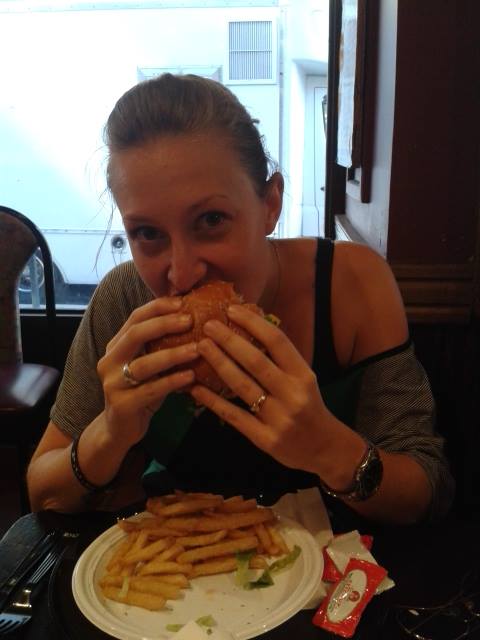
Activities: 370 €
My total activity expenses can be calculated to an average of 7,50 € per day.
However, this is not true. I didn’t pay for activities every single day. Instead, on most days I took part in free walking tours or explored places on my own.
On other days, I would pay for an activity, which, sometimes, was a lot more than 7 €.
Back home in Germany, I had already found out which tickets are best to book online to get discounts and how to save money on specific dates, for example, museums usually have one discounted/free day a week.
Apart from that, I booked certain attractions or activities way in advance to make sure there are enough tickets left, such as the whale watching tour, a Yankee match or several day trips.
Many hostels also offered cheap day trips, walking tours and excursions for their guests. Taking part in those affordable activities is a great way to save money and meet new people.
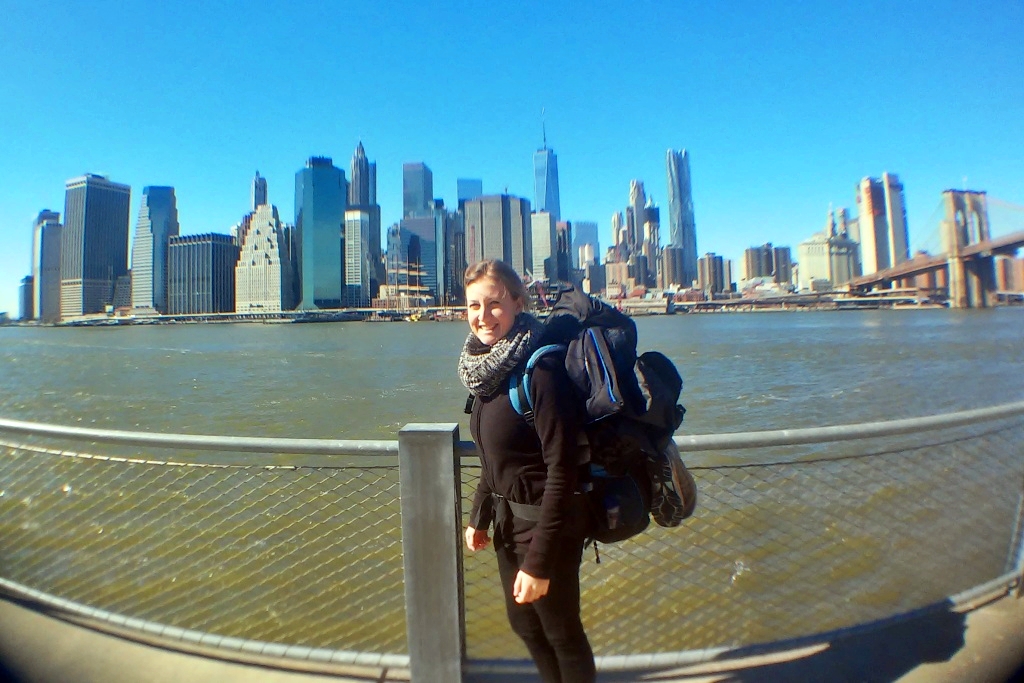
Recap: How To Save Money On A Backpacking Trip In The US?
– Book rooms rented out on Airbnb
– Get HI (Hostelling International) membership
– Stay in (HI) hostels
– Take an overnight bus for long distances
– Look for Megabus deals and Greyhound discounts
– Hitchhike small distances if you’re not traveling alone
– Go on free tours, affordable day trips offered by hostels
– Book certain attractions/activities way in advance + look for online discount
– Use kitchen facilities at the hostel/Airbnb/Couchsurfing place and cook your own food
– Share food/cook together with other travelers
– Avoid eating out, alcohol and snacks you don’t really need
– Buy some healthy snacks in case you get hungry in between meals
– Be flexible & be willing to adapt your food habits to your travel lifestyle
As you can see, there is not a big financial secret to being able to travel if you are willing to give up certain luxurious things and are flexible to adapt to a different lifestyle for a while.
You want to learn more about the principles of budget travel? Why not learn from the expert himself? I consider Matt Kepnes’ How To Travel The World On A $50 A Day one of the best ressources.



One Response
Super job on your blog – loved following you through it – for my part, should you decide to come back to Canada at some point, you are always welcome to stay with me. You were a delight. Stay in touch whenever you can. Love, Suz